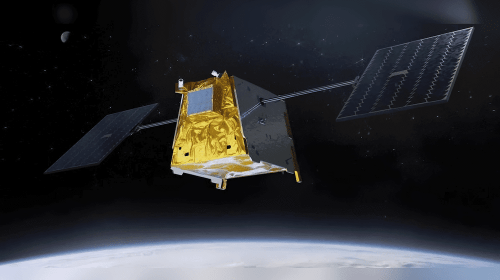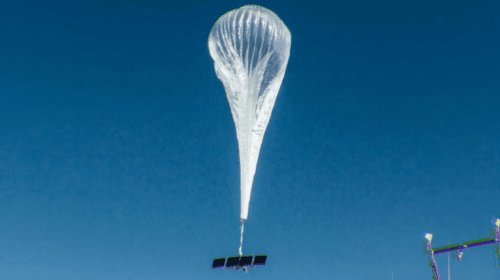Mar 24, 2015
What is satellite Internet & how signals from space are connecting the world’s population
More than anything else, satellite access to the Internet is making the world a smaller place.From a village in Mozambique to the hills of West Virginia, the human population is now more connected than ever.
Why Satellite Internet Is So Unique?
Broadband satellite Internet services are providing Internet access in parts of the world long under served by traditional Internet providers. While most of the broadband connections in the world come from Digital Subscriber Line (DSL), cable (DCIS), fiber networks (FTTX) or wireless and mobile networks (Wi-Fi, WiMAX), the extensive infrastructure investment required for those services is a barrier in many parts of the world.

Those infrastructure barriers do not exist for satellite broadband Internet services. As a result, millions if not billions of people worldwide now have access to a broadband connection for information and services in the fields of medicine, politics, transportation, entertainment, national security and many more.
So what is this technology that is connecting rural populations around the world? As the name suggests, satellite broadband Internet uses signals transmitted to orbiting satellites to connect users to the Internet.
With a satellite dish, modem and transmitter/receiver, people can communicate via the Internet by tapping into the satellites orbiting the earth.
Satellite Internet communications require ground-based electronic equipment (VSAT) that includes a satellite dish, BUC (transmitter), LNB (receiver), satellite modem (router) and a connection to a satellite ISP. Satellite dishes range in size ranging from 0.9 to 2.4 meters in diameter for typical broadband solutions. VSAT facilitates the transfer of data using the satellite as a relay. A teleport or earth station acts as the gateway from the satellite network to the Internet. A network operations center (NOC) controls all communications over the satellite path and provides technical support. The NOC monitors for power failures, satellite signal issues and other performance issues that may arise and supports end users with their technical questions.
With this infrastructure in place, end users can tap into their computers and in moment’s link to the Internet via a satellite connection.

The end user opens a web browser and types in an address. His computer sends a request for a transfer of data that in moments is routed from the end user PC to the satellite modem and on to the satellite dish outdoors. The modem converts digital IP packets into analog signals and relays the information to a satellite. The satellite receives the signal and reflects it back to a teleport or earth station on Earth. Packets of information contained in those signals travel to and from space in moments. The hub at the teleport then routes the connection to the Internet, retrieves the requested website from the web server and returns it back to the user via satellite. The whole cycle is then reversed and requested data is available to the end user, completing a 90,000-mile journey via sophisticated hardware and software in less than 600 milliseconds.
What is Two-way satellite Internet?
Two-way satellite Internet uses Internet Protocol (IP) multicasting technology that sends data from one point to many points simultaneously in a compressed format. Compression reduces the size of the data and the bandwidth. Standard dial-up land-based terrestrial systems have bandwidth limitations that prevent multicasting of this magnitude.
This technology allows the delivery of broadband satellite services to private individuals as well as VoIP telephone and video conferencing services; ISP providers and VoIP carriers; government and military locations; airports; hotels; universities; financial institutions; and maritime customers such as freighters and yachts.
BusinessCom delivers its broadband satellite services to the world through a range of Ku and C-Band satellites, all in geosynchronous Earth orbit.





